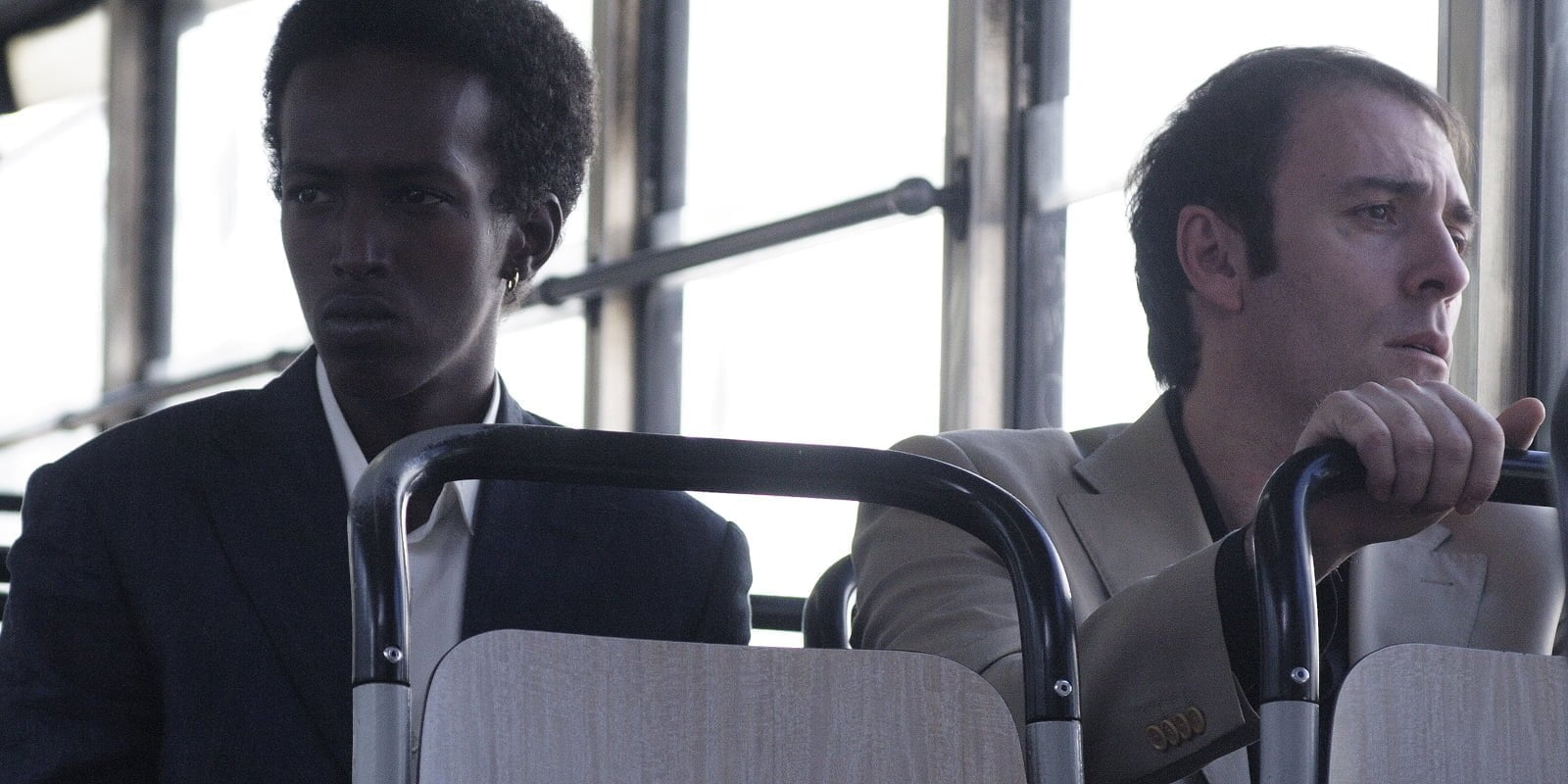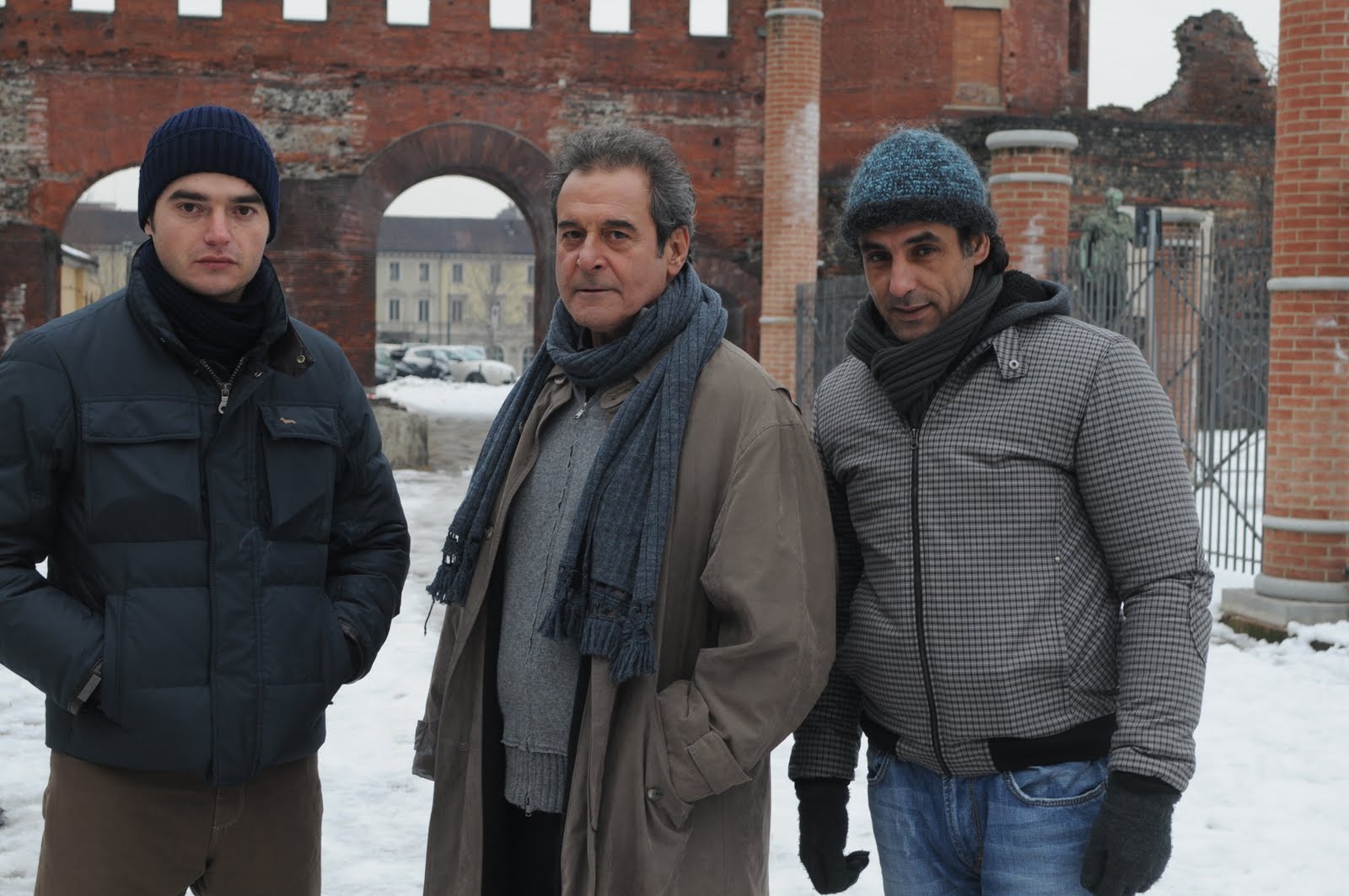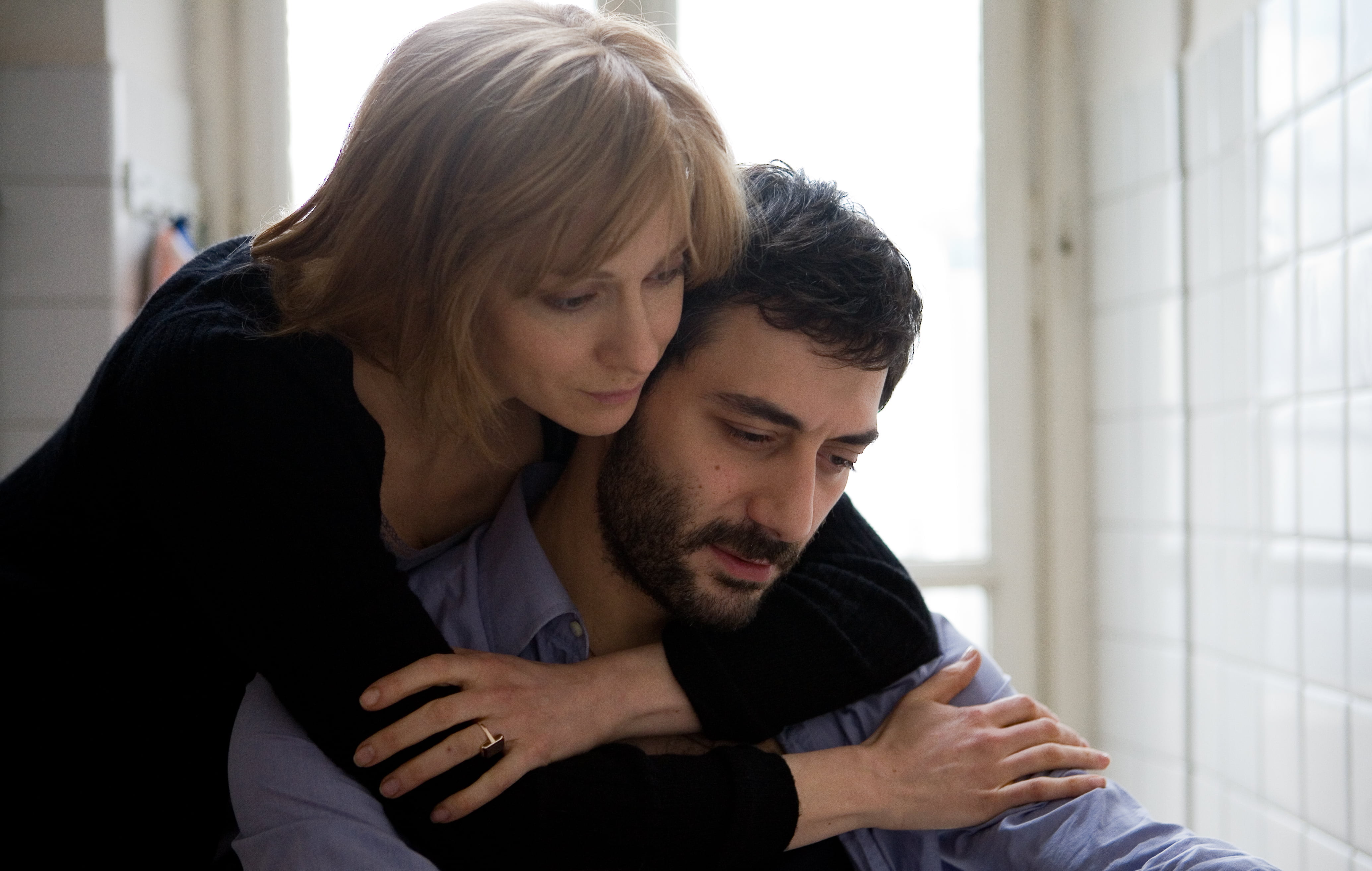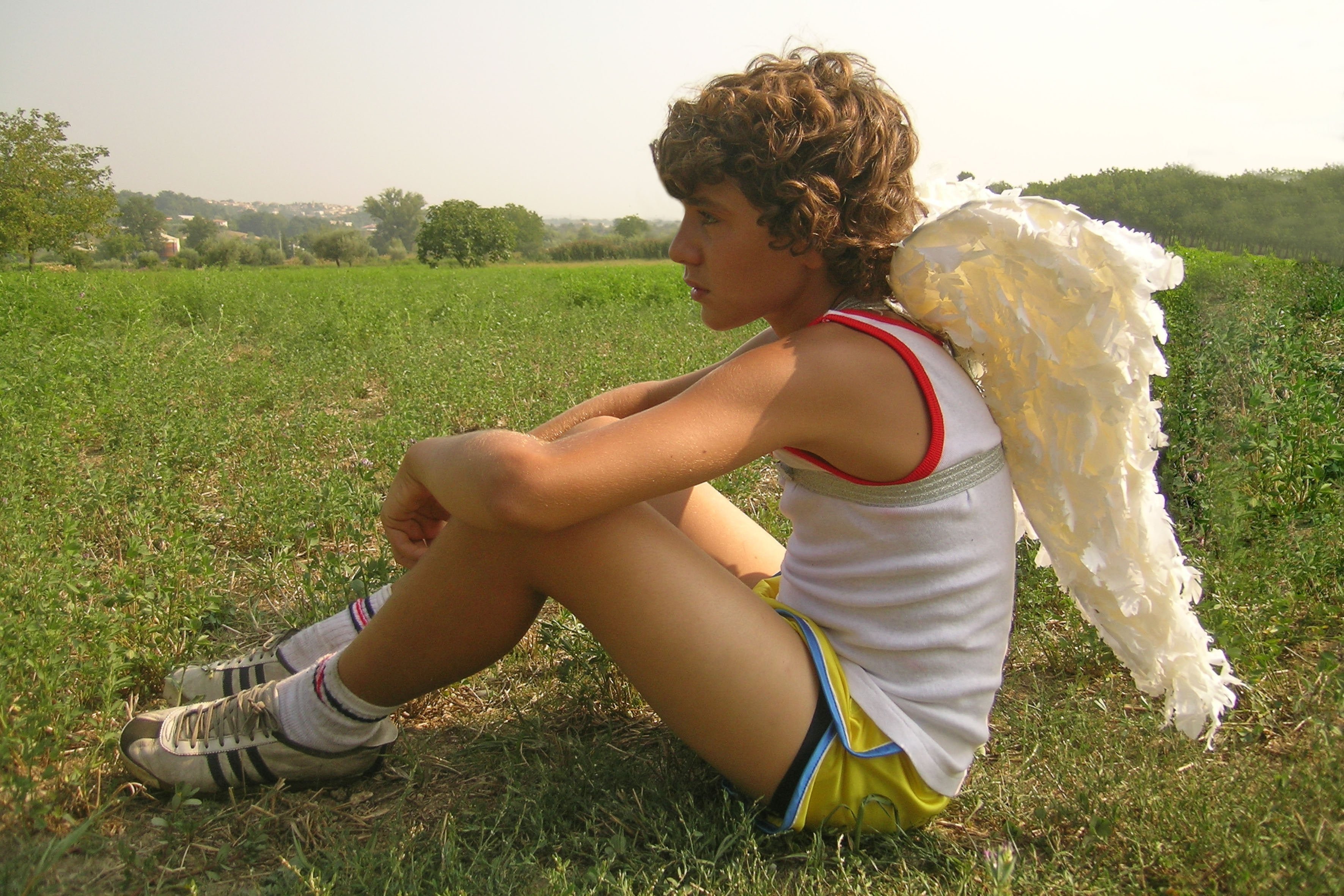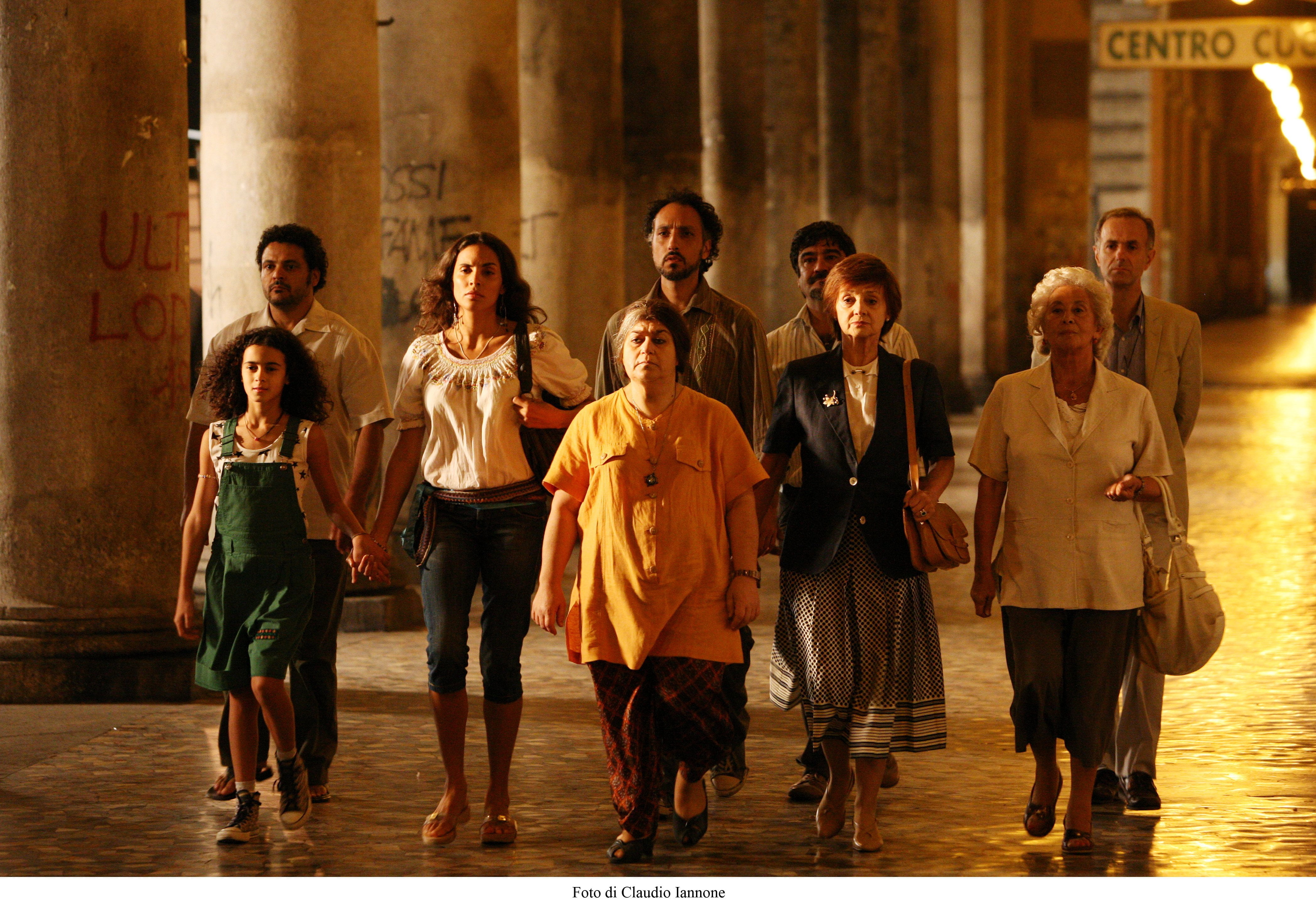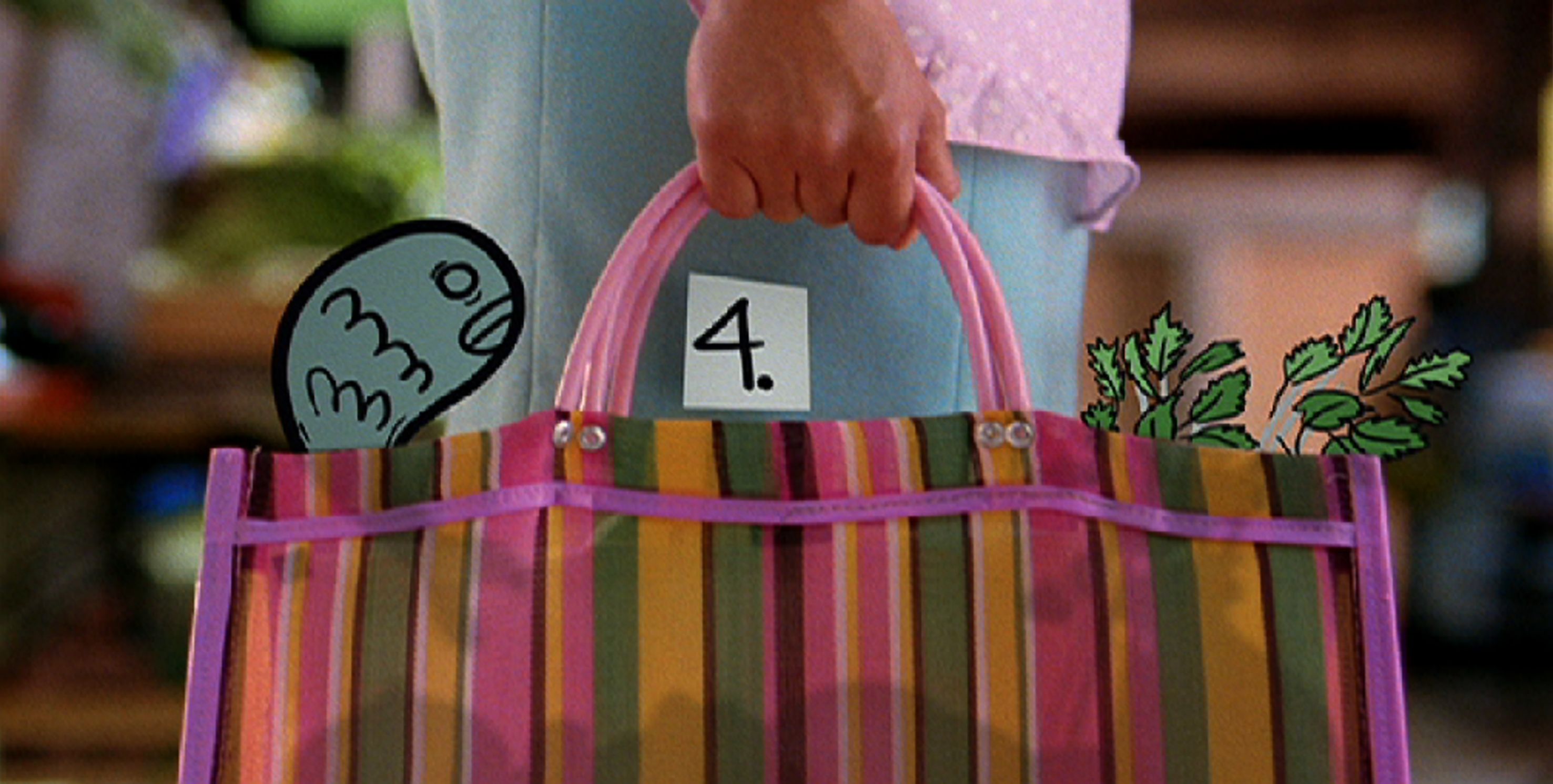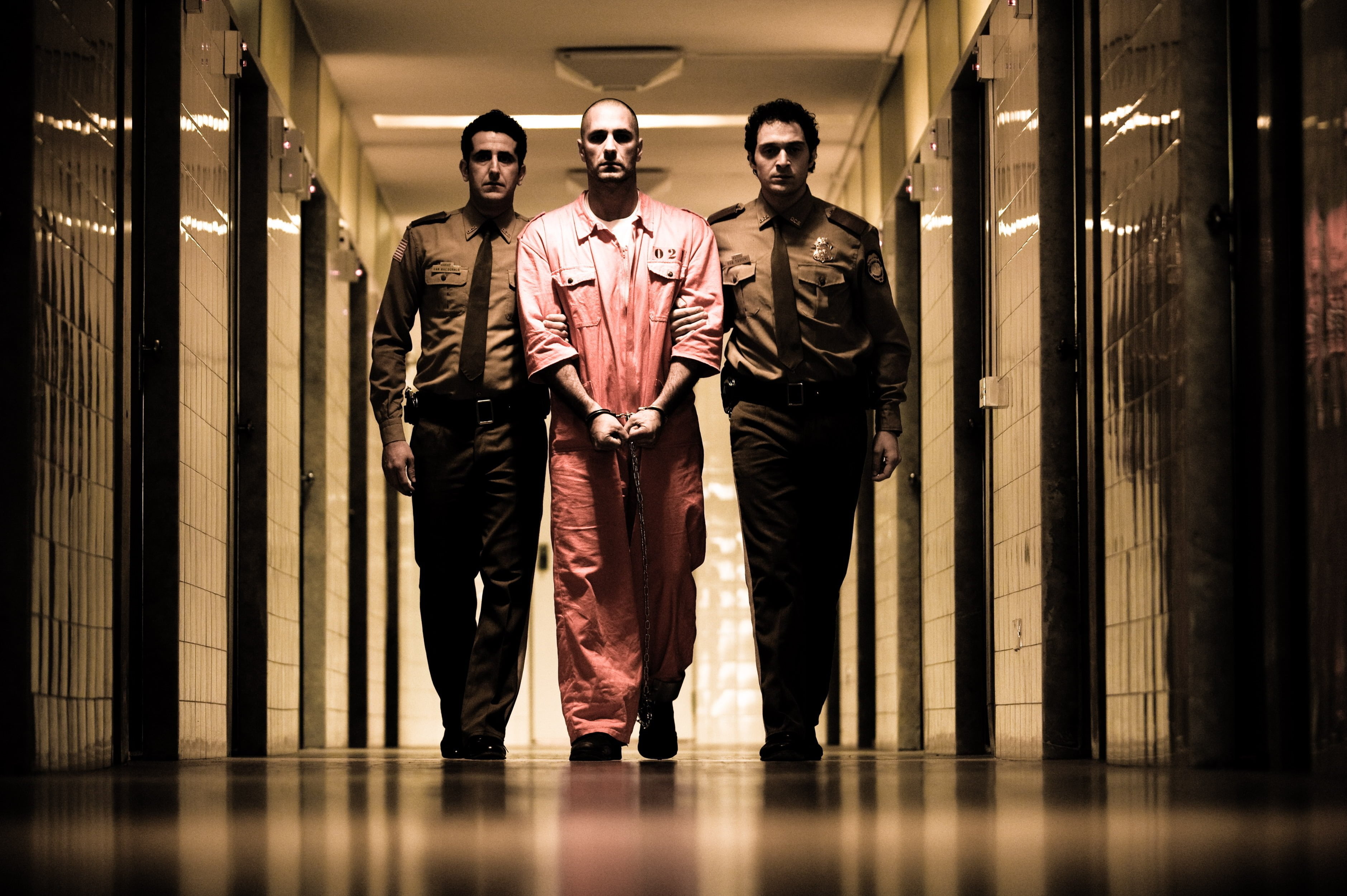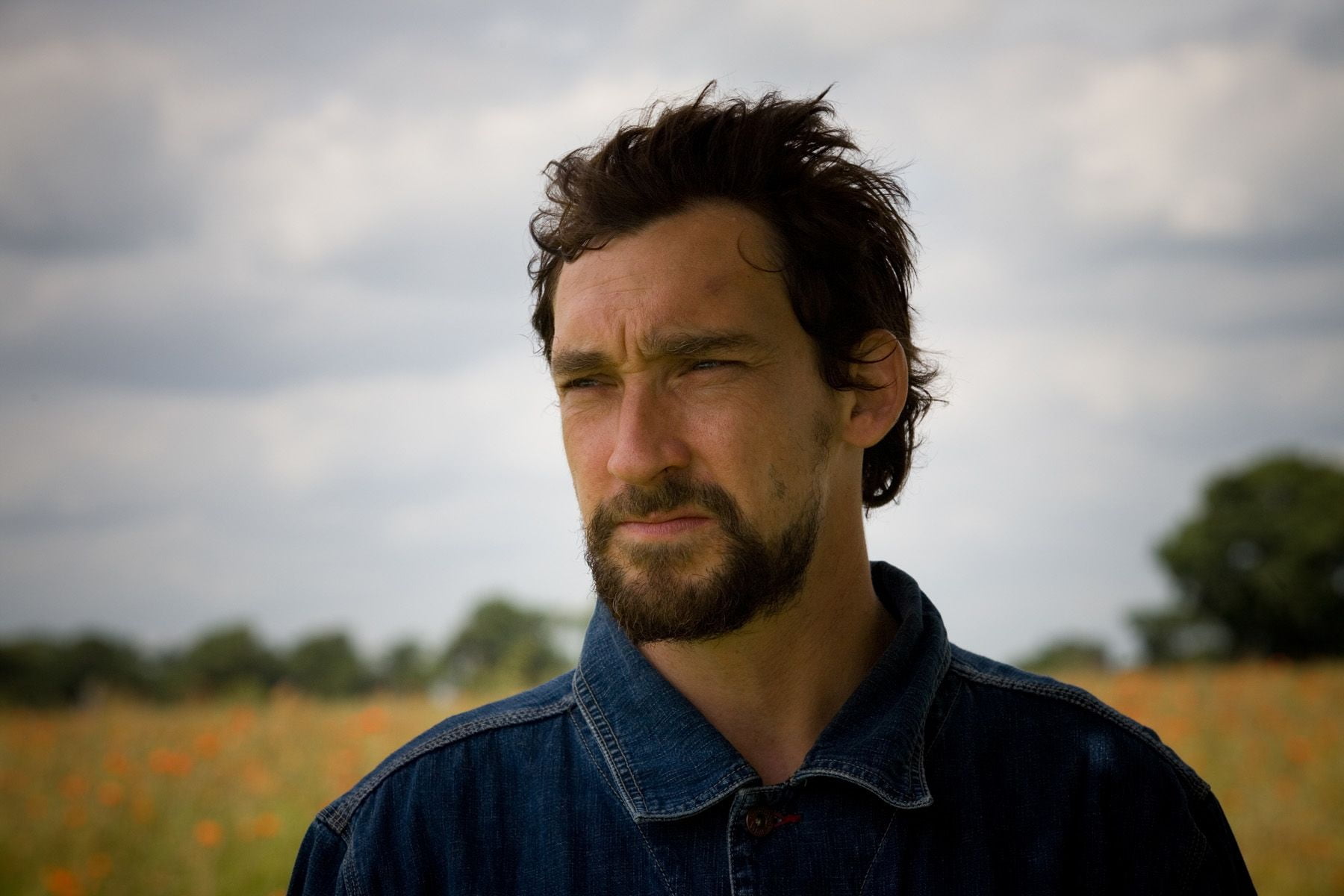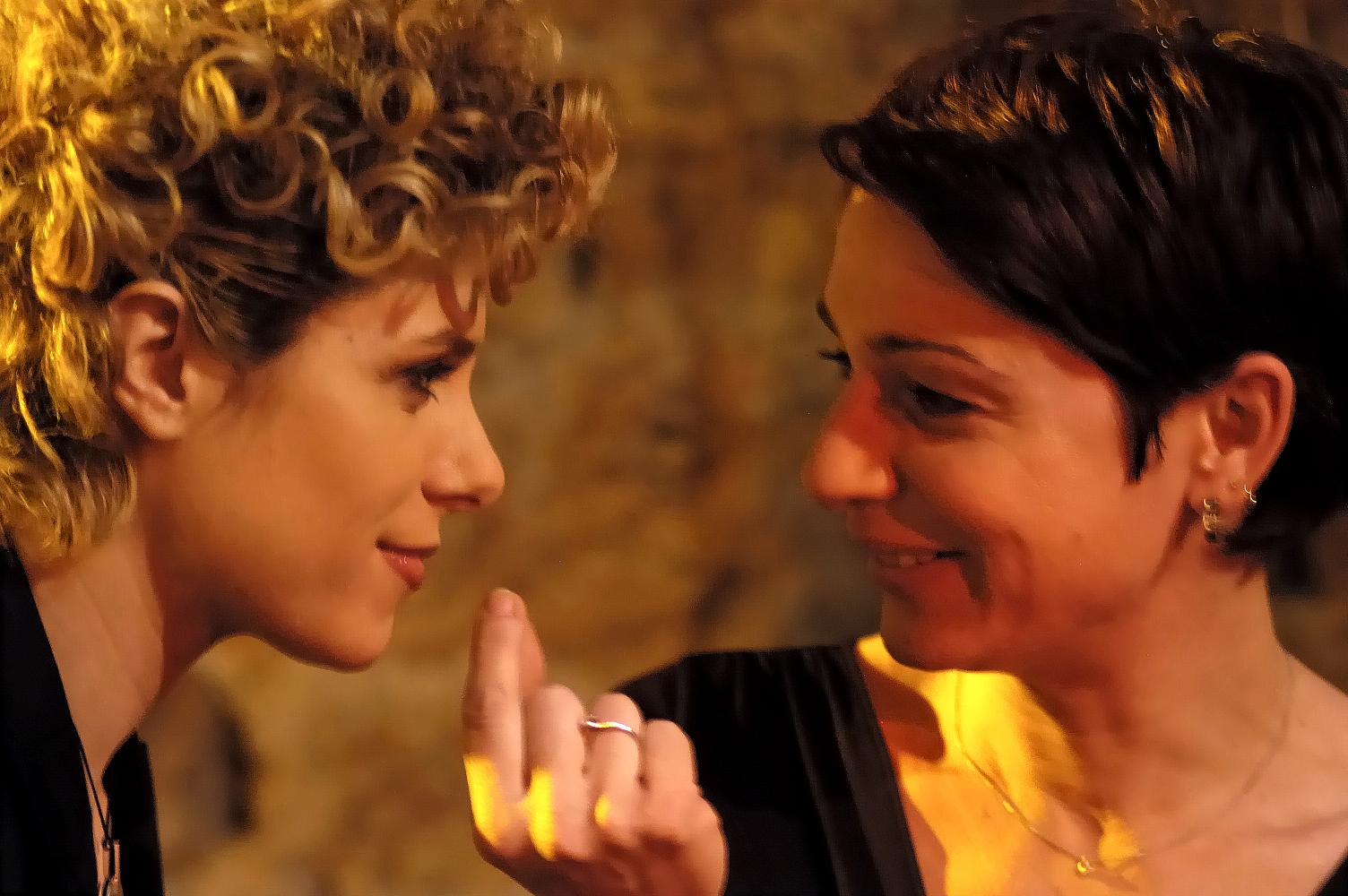GOOD MORNING AMAN
REGIA / DIRECTOR CLAUDIO NOCE
SOGGETTO / SUBJECT DIEGO RIBON, ELISA AMORUSO, CLAUDIO NOCE
SCENEGGIATURA / SCREENPLAY DIEGO RIBON, HEIDRUN SCHLEEF, CLAUDIO NOCE con la collaborazione di ELISA AMORUSO
FOTOGRAFIA / CINEMATOGRAPHER MICHELE D’ATTANASIO
MONTAGGIO / EDITING ANDREA MAGUOLO
COSTUMI / COSTUME DESIGN VERONICA FRAGOLA
MUSICA / MUSIC VALERIO VIGLIAR
SUONO / SOUND DOLBY SR
CAST/ CAST VALERIO MASTANDREA, SAID SAIBRIE, ANITA CAPRIOLI, AMIN NOUR, GIORDANO DE PLANO, ADAMO DIONISI, SANDRA TOFFOLATI
GENERE / GENRE DRAMATTICO – DRAMATIC
FORMATO ORIGINALE / ORIGINAL FORMAT 35MM – COLOR
DURATA / RUNNING TIME 105’
PAESE DI PRODUZIONE / COUNTRY OF PRODUCTION ITALIA – ITALY
ANNO DI PRODUZIONE / YEAR OF PRODUCTION 2009
PRODUZIONE / PRODUCTION DODO FIORI per DNA CINEMATOGRAFICA s.r.l.
DISTRIBUZIONE / DISTRIBUTION CINECITTA’ LUCE
Aman, italiano di origine Somala, ha quasi 20 anni. Bello, intelligente, astuto e che domina ogni sfumatura della lingua italiana, è arrivato a Roma all’età di 4 anni, scappando da Mogadiscio e dalla guerra. Teodoro è romano, un ex pugile di quaranta anni intrappolato nelle sue colpe e nel suo passato da espiare. I suoi occhi ci ricordano sempre la sua disperazione e la sua solitudine. Da tempo Aman e il suo amico Said hanno scoperto un luogo dove far sprofondare sogni, speranze e illusioni. Sui terrazzi dell’Esquilino, dall’alto dei tetti, si sentono più simili al fiume di gente che si muove freneticamente lungo la strada sotto di loro. E’ li che Said decide di scomparire, è lì che Aman si trova da solo ad abbracciare l’aria. Said parla di progetti, di grandi occasioni: lavorare in un ristorante in Inghilterra… Scorrono schegge di vita, sorvoliamo la città. Aman incontra Sara e se ne innamora. Lei è il suo sogno irrealizzabile che appare e scompare nella sua vita. Anche lei è smarrita e in cerca della sua identità. Di sfondo una Roma inedita, fatta di disperazione, orgoglio e speranze, desolazione e vagabondaggi. Said è partito e Aman ora si sente veramente solo. E’allora che su uno dei terrazzi, in una notte senza attese, appare Teodoro. Aman non dorme mai, non ci riesce. Non vuole farlo, terrorizzato da incubi e ricordi carichi di sangue e malattie. Anche Teodoro non riesce a dormire, fugge dai suoi incubi e dai suoi eccessi. Il dilemma dell’identità li lega fin dall’inizio, la voglia di sentirsi parte di qualcosa li unisce. Sono due universi distanti che vivono vicini, Aman diventa indispensabile per Teodoro nella ricerca della sua moralità e Teodoro insegna ad Aman che la solitudine può essere un trampolino per conoscere la vita. Aman accompagna Teodoro nel suo passato, nascosto in una bottiglia svuotata da dieci anni, attraverso errori e rimpianti e ne diventa l’angelo custode. Entrambi, pur con esiti opposti, troveranno la forza di liberarsi dalle catene che gli hanno costruito intorno.
Aman, an Italian boy of Somali origin, is almost twenty years old. He’s handsome and very smart. He arrived in Rome at the age of four, escaping from Mogadishu and the war, and now he masters the Italian language perfectly. Teodoro is from Rome, he’s a forty years old former boxer, weighed down by guilt and the atonement of his past. All his despair and his loneliness are showing through his eyes. Aman and his friend Said, some time ago, have found a place where they let all their dreams, their hopes, their illusions be buried. On the Esquilino terraces, on top of the roofs, they feel closer to the stream of people moving relentlessly along the street below them. And it’s there that Said decides he will disappear. It’s right there, that Aman finds himself alone. Said had been talking about his plans, about brilliant opportunities, like working in a restaurant in England… Looking at Rome from above, we see life unfolding: Aman meets Sara and falls in love with her. She’s his dream that will never come true. She too is a lost soul, in search of her identity. In the background, a really unusual Rome: a city of despair, pride, hope, misery and endless wandering. Said has gone, and Aman feels really lonely now. That’s when Teodoro appears on that roof, one of those nights Aman is there, waiting for nothing to happen. Aman never sleeps, he can’t. He doesn’t want to. He’s scared to death, by his nightmares and his memories of blood and sickness. Teodoro can’t sleep, either. He’s running from his nightmares, and his excesses too. Identity is a common concern, and they both want to be part of something. Two distant worlds living next to each other: Aman becomes essential to Teodoro in his search for moral principles, and Teodoro will teach Aman that loneliness may be a stepping stone to get to know life better. Aman escorts Teodoro through his past, his mistakes, his regrets, hidden in all the bottles he’s been emptying for ten years. He becomes Teodoro’s guardian angel. They will both find the strength to free themselves from the chains they’ve been forced to be restrained in, although with very different outcomes…

